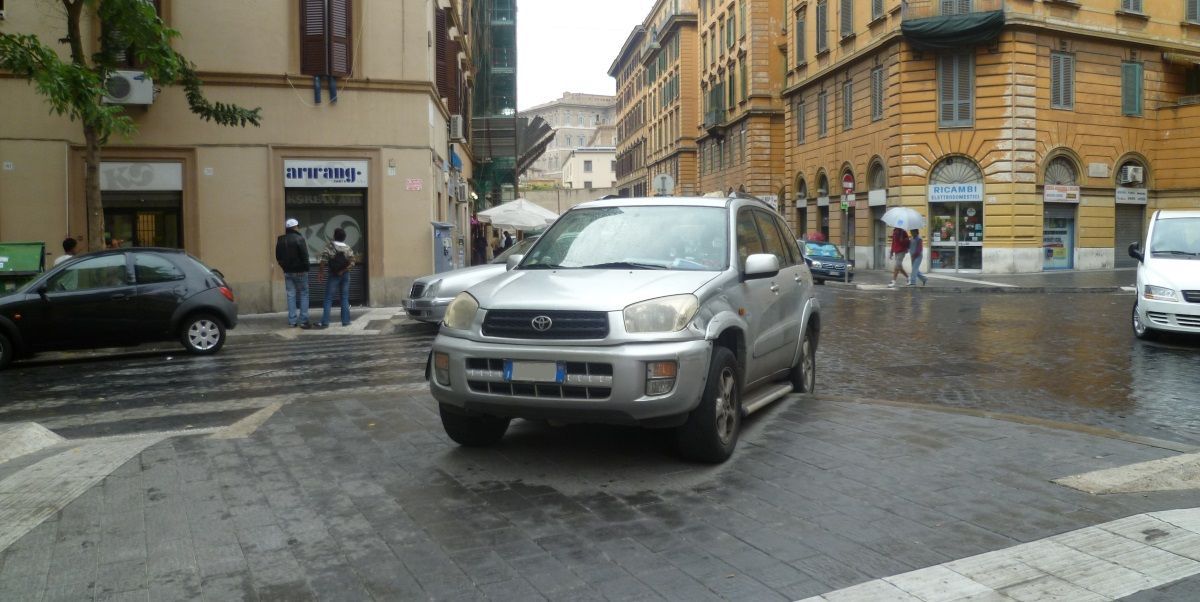Uber for Parking!
Will this have a positive impact on our cities and traffic congestion?
Finding a parking space in a busy CBD is often challenging, sometimes stressful. It can be tough simply trying to park at your nearest local town centre! Do you try to find a space on-street? Do you risk not parking in the first space you see that is far away just in case you can get a space a bit closer to your destination?
“Why should I pay when, if I apply myself, maybe I can get it for free?” [1]. Every day, people all over the world act out the famous quote from George Costanza about parking, which often leads to vehicles circulating city streets trying to find a cheaper or closer on-street parking space rather than using an off-street car park, which in most cases, is far more expensive.
Traffic congestion costs Sydney billions of dollars a year and all over the world, people searching for parking is further adding to traffic congestion and environmental pollution.
In May 2013, the NRMA submitted a report titled the ‘NSW Congestion Busting Strategy’ which was delivered to the Australian Government and Liberal / National Coalition prior to the 2013 federal election. The report provided a number of recommendations to ‘bust’ congestion one of which is quoted below.
“In the last few years’ advancements in mobile technology has resulted in it being easier to share available resources with companies like Uber, Airbnb, Car Next Door growing strongly.”
There are approximately 70,000 parking spaces in the City of Sydney of which 10% to 30% are vacant during the day. As part of the introduction of the light rail in George Street, the number of parking spaces in city streets will be reduced to provide additional taxi ranks and short-term multi-use parking spaces [3]. This will put further pressure on the already precious on-street parking resources.
As a regular or casual driver to a CBD, historically, locating an available space that was deep underground in a private car park has been very difficult and to get a good deal often required long-term parking or a monthly lease.
A relatively new company is aiming to better connect drivers with owners of parking spaces and has created divvyparking.com. The website allows owners of parking spaces to rent their parking spaces out on a daily or monthly basis to drivers. In the future, there could be the ability to rent our spaces hourly. The potential for this type of technology is huge and it could significantly change the way people drive to and park at commercial centres.
Assuming that drivers don’t get lost along the way and have to circle the block, it has the potential of reducing the amount of cars circulating around CBDs all over the world. There have been a number of studies done (going back to 1927) that looked at what percentage of vehicles on the road in CBDs are searching for parking spaces. The results varied from 8% to 74% with an average of 30%. The average search time was 8.1 minutes [4]. If this could be reduced, it has enormous potential to reduce circulating traffic in our cities.
So will this lead to congestion being ‘busted’? More than likely, not.
Although this is an initiative which should be commended for maximising the efficient use of limited parking resources in CBDs, the traffic engineering benefits are likely to be short lived because in a similar fashion to many road widening or major motorway projects, the additional road capacity is likely to be fast swallowed up by more cars on the road. After all, with less cars circulating, it would be easier to drive in the city. The existing parking resources are also likely to be absorbed as more people take advantage of them and can find them more easily. It might even make it harder to find a parking space as everyone’s favourite hidden away location can now be found easily by everyone!
If widely adopted, we believe that this initiative will ultimately encourage more people to drive to the CBDs of the world but provide more certainty about where to park, therefore reducing the amount of circulation movement around our cities, up to a point. This technology will no doubt have a positive impact on congestion within CBDs, but only for a limited time unless additional parking resources are constantly added in the CBD to keep pace with the additional cars that are attracted to the better flowing CBD roads.
[1] http://www.seinfeldscripts.com/TheParkingSpace.html
[2] NSW Congestion Busting Strategy - Call for Action, NRMA Motoring & Services, May 2013
[3] Sydney City Centre Access Strategy, Transport for New South Wales, December 2013
[4] Cruising for Parking, Access, Number 30, Spring 2007, Donald Shoup
Author: Matthew Houlden

